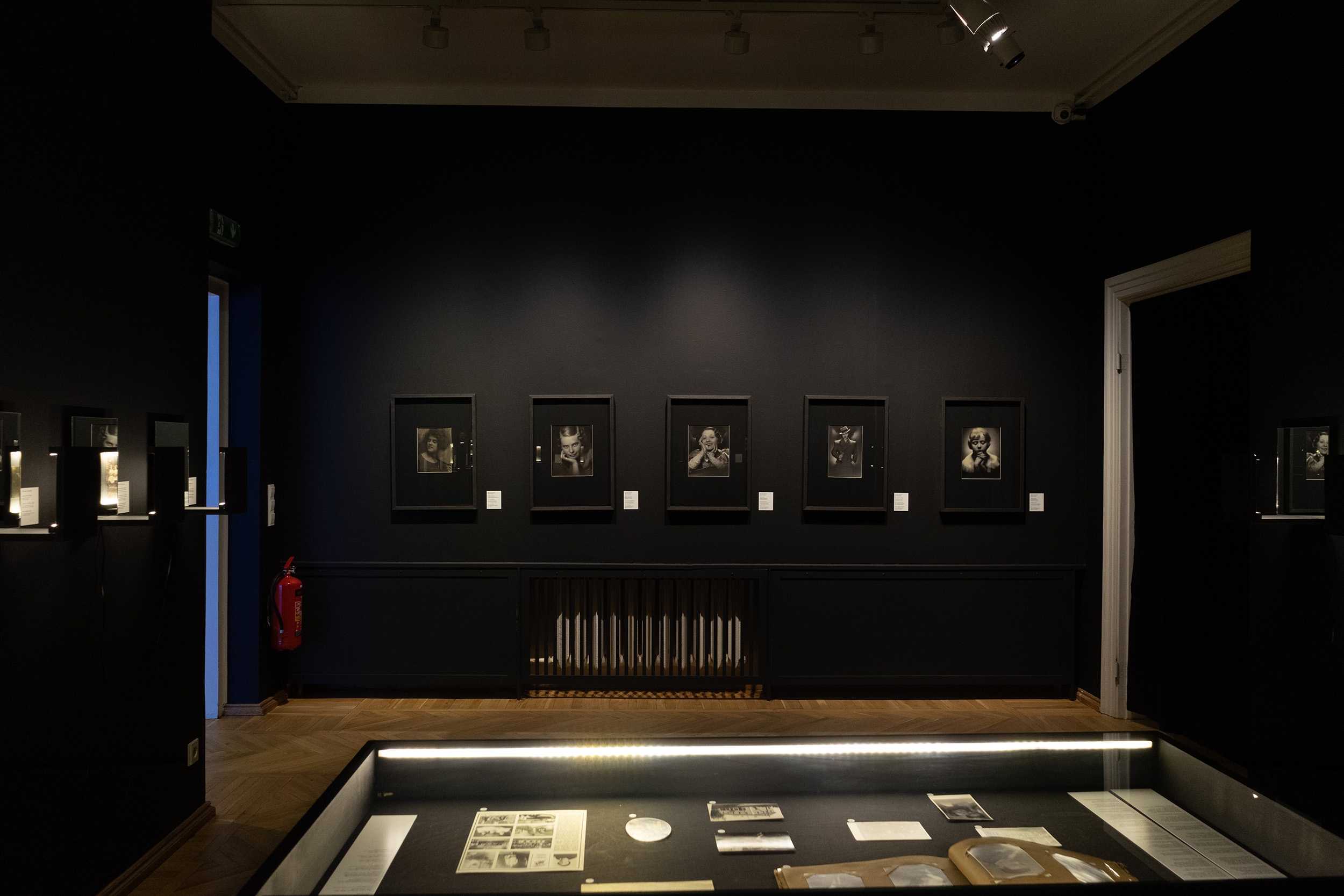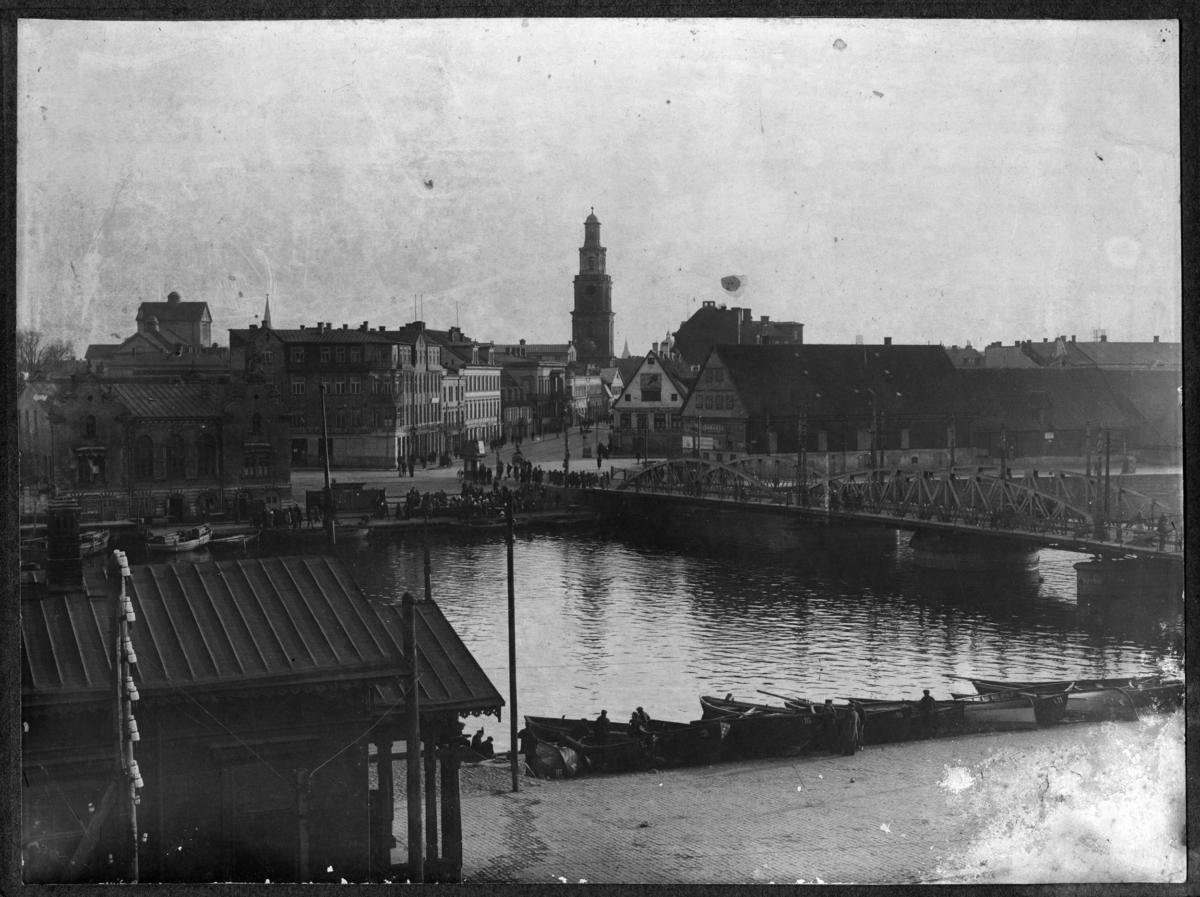[EN/EE] ‘Silver Girls. Retouched History of Photography’ at Tartu Art Museum
![[EN/EE] ‘Silver Girls. Retouched History of Photography’ at Tartu Art Museum](http://blokmagazine.com/wp-content/uploads/2020/07/1.a-group-of-women-from-the-women-members-committee-of-the-latvian-photographic-society-1200x877.jpg)
[EN]
From the 12th of June the exhibition “Silver Girls. Retouched History of Photography” can be visited in Tartu Art Museum. The exhibition introduces a selection of ten early women photographers from Estonia and Latvia and places them into the company of three contemporary European artists who contemplate over the lost and the neglected in our visual history.
Photography is commonly believed to document the world as it is. Similarly, archives and historical collections are believed to represent imagined universal truths. On closer inspection, however, it turns out that archives are collected and later investigated by historians with a particular goal in mind. In a similar manner, photos are always taken from a particular angle and are enhanced to please the author or the viewer.
Photography has been popular among women since its early days, not just as a hobby but as a profession. In common with many other fields and professions, in history books woman photographers are hard to find. This seems especially ironic as the retouchers working in photo studios were mostly women shaping images of the world to please others.
The exhibition “Silver Girls” introduces a selection of works by ten early woman photographers who worked in the area of Estonia and Latvia and places them in the company of three contemporary European artists who contemplate the lost and the neglected in our visual history. As the research into women in history expands worldwide, the Baltic states are catching up and putting together pieces that have been preserved to clarify women’s stories and their legacies. Some of the stories turn out to be very significant in the context of art history, and some serve as small but important expansions of an already existing view of our common past.
As the research continues, we offer a glance at these stories through the surface of another physical and metaphorical reflector of truth – the mirror – which has played a significant role in making the photographic image itself. To enhance the contemplation of the lost and found and retold we have chosen three contemporary artists to tell their stories about certain moments and people in history, from the photo reproductions of destroyed artworks and films to historically important people whose legacies have been overlooked and therefore have long been hidden. History is made out of puzzles of the lost and found, the destroyed and recovered, the denied and accepted, making our present history just a certain type of mirror we choose to look into.
Tartu Art Museum as a memory institution is trying to be aware of its role as a collection of public knowledge: a position which inevitably brings with itself the need to constantly reconsider what we think we know about the past and the ways we understand it. This was the curatorial position of the recent exhibition about the Pallas Art School and has been the impetus for the exhibition series Tartu 88 that was initiated to determine and fill the gaps in our knowledge of recent art history. The upcoming exhibition Silver Girls. Retouched History of Photography wants to shed light on another such blind spot via an international exhibition.


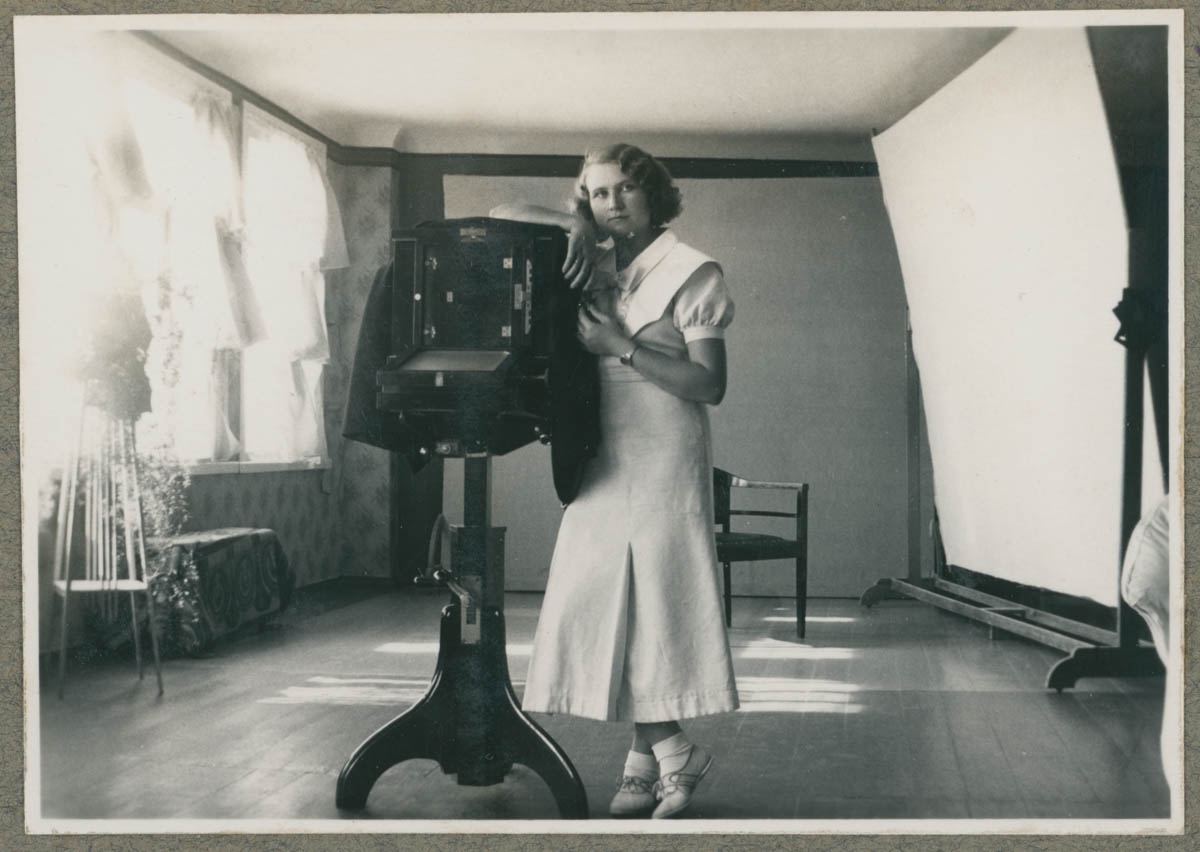
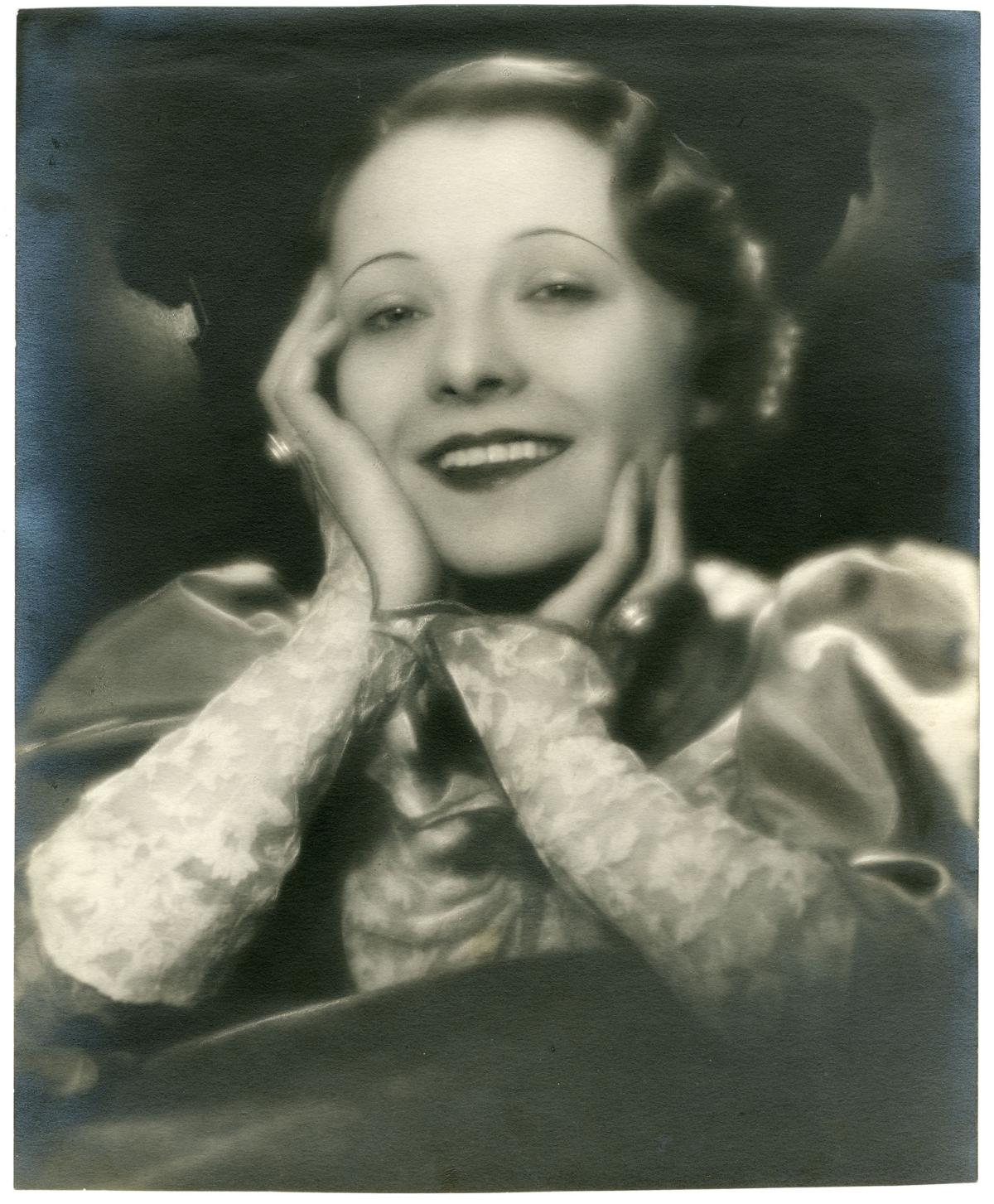
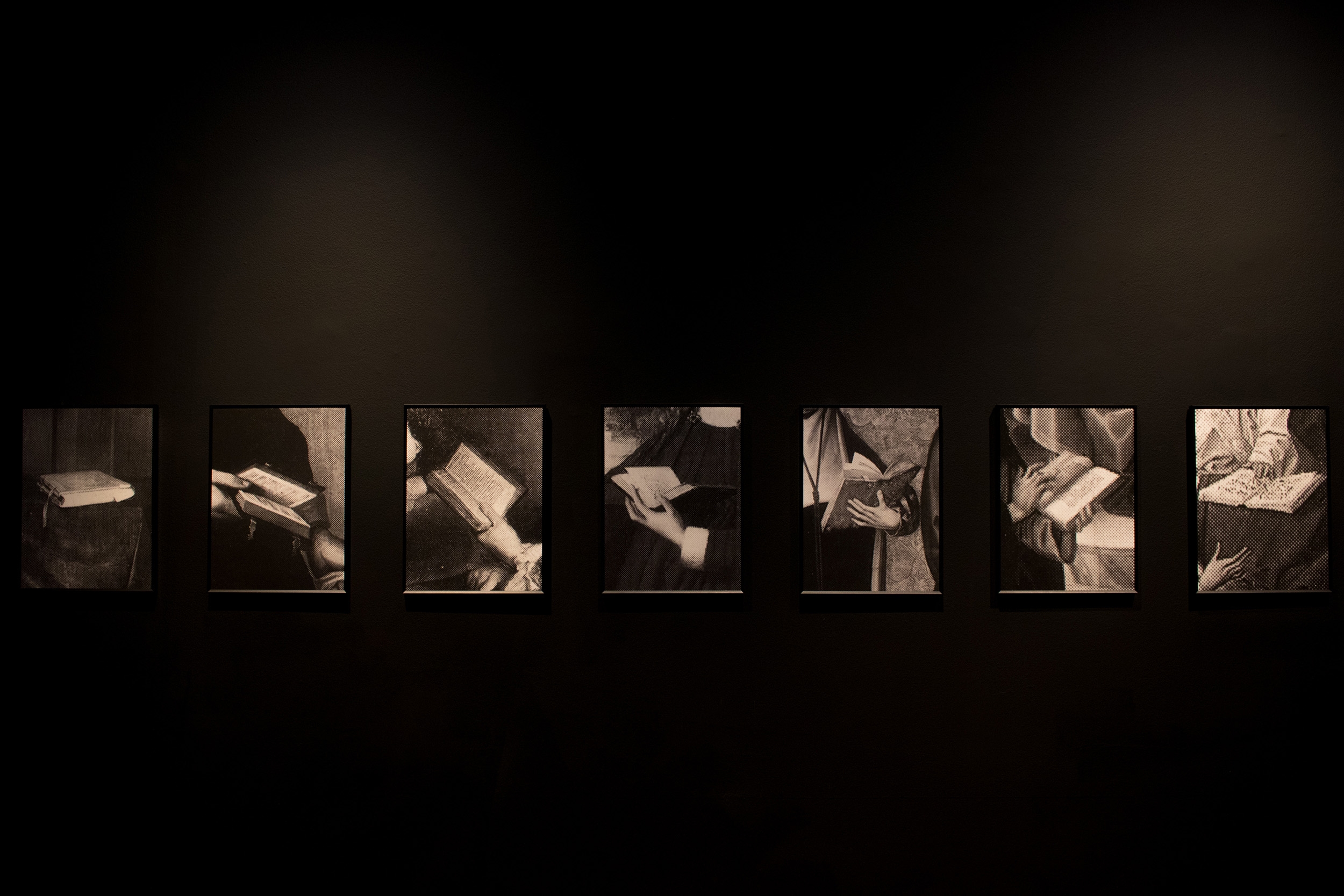
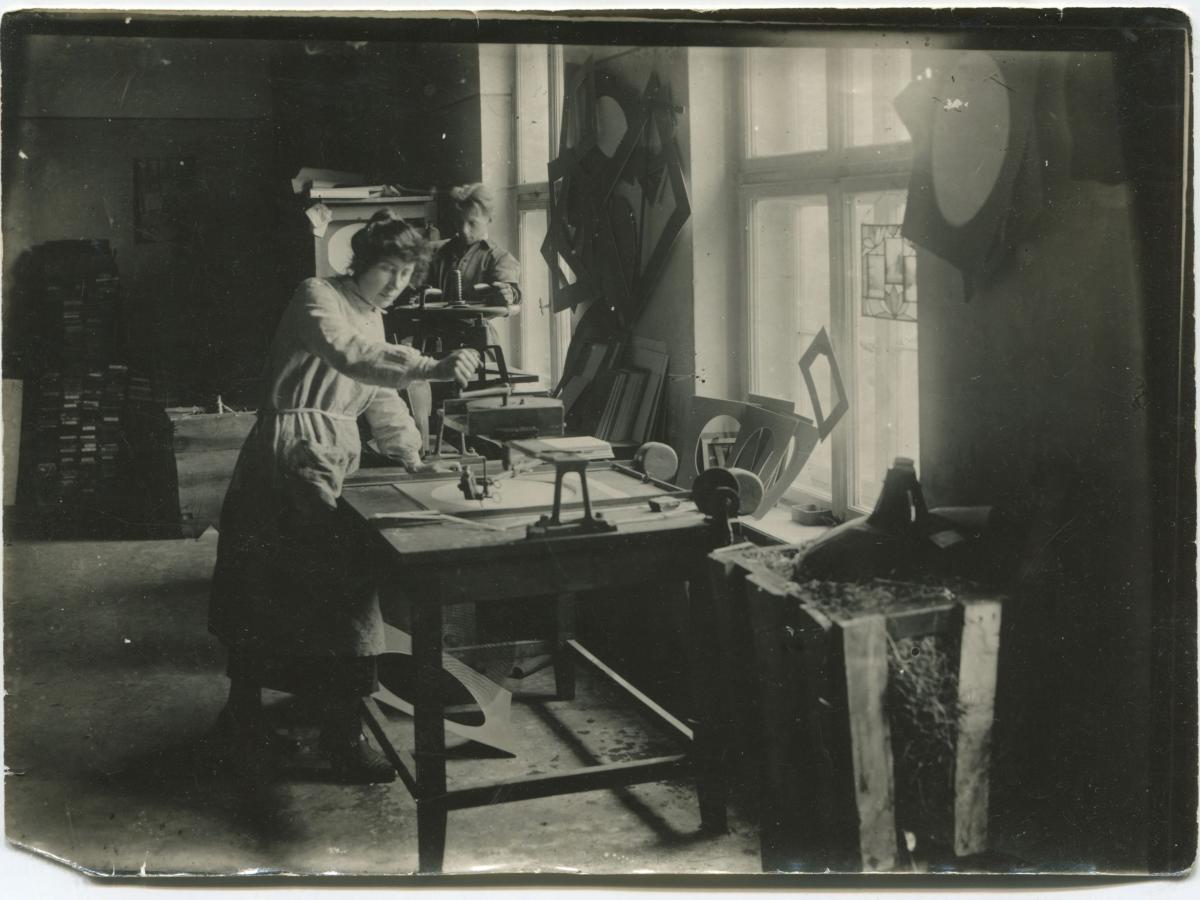
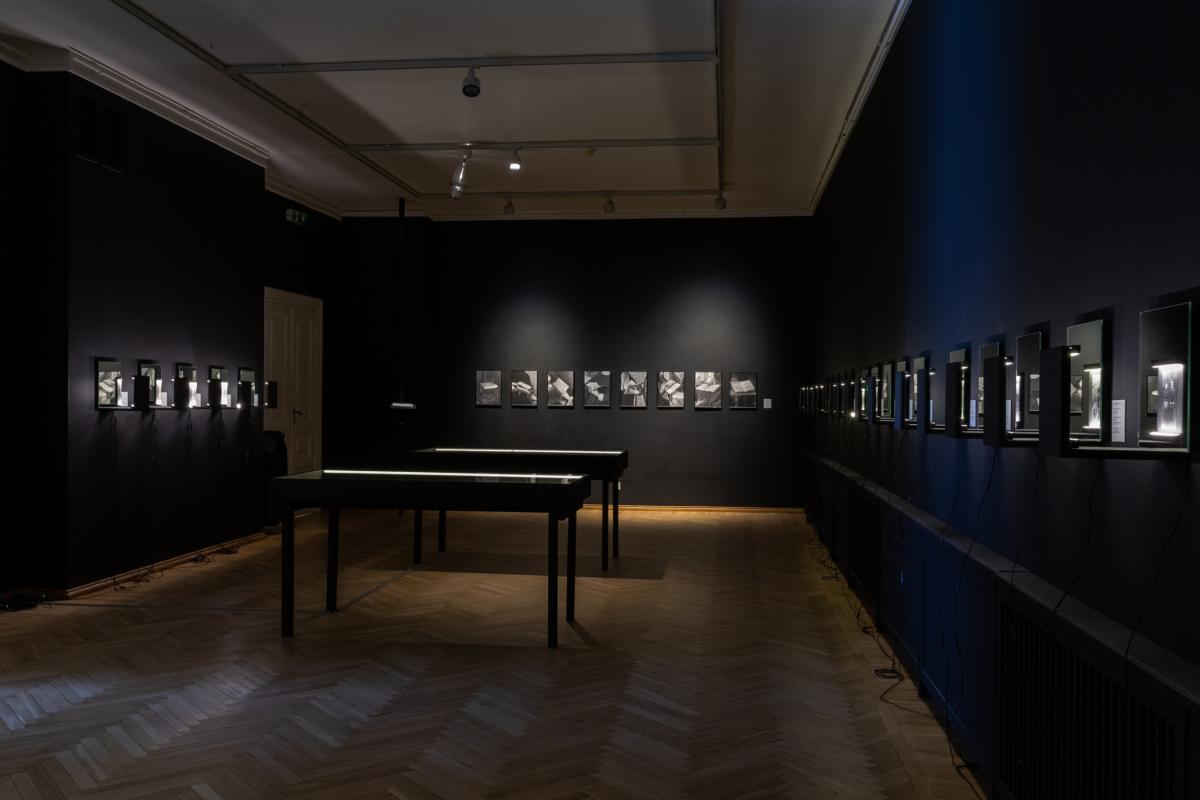
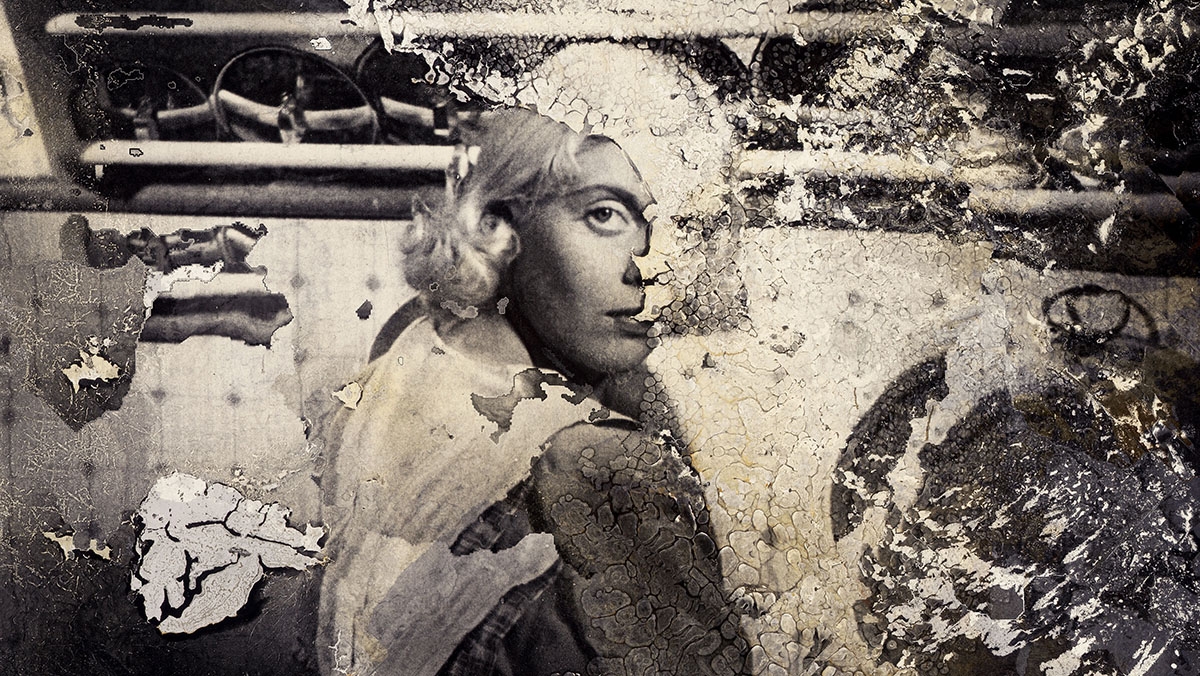
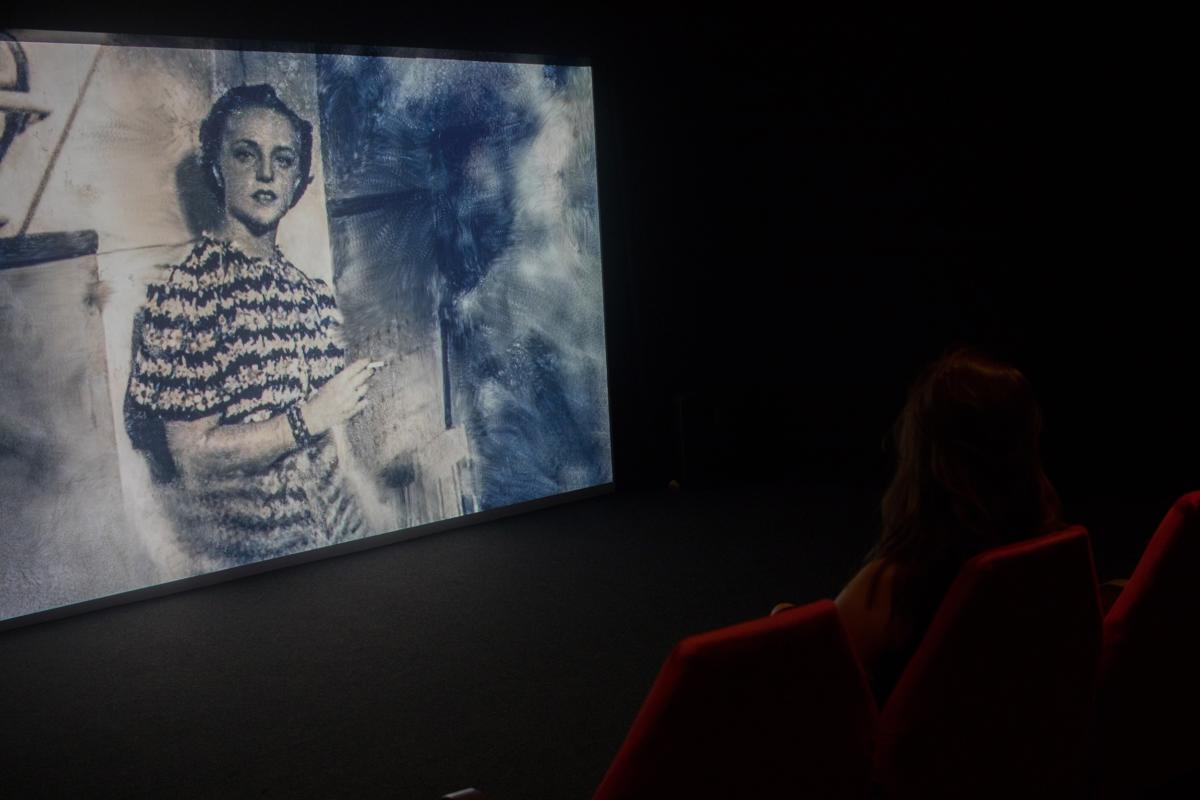

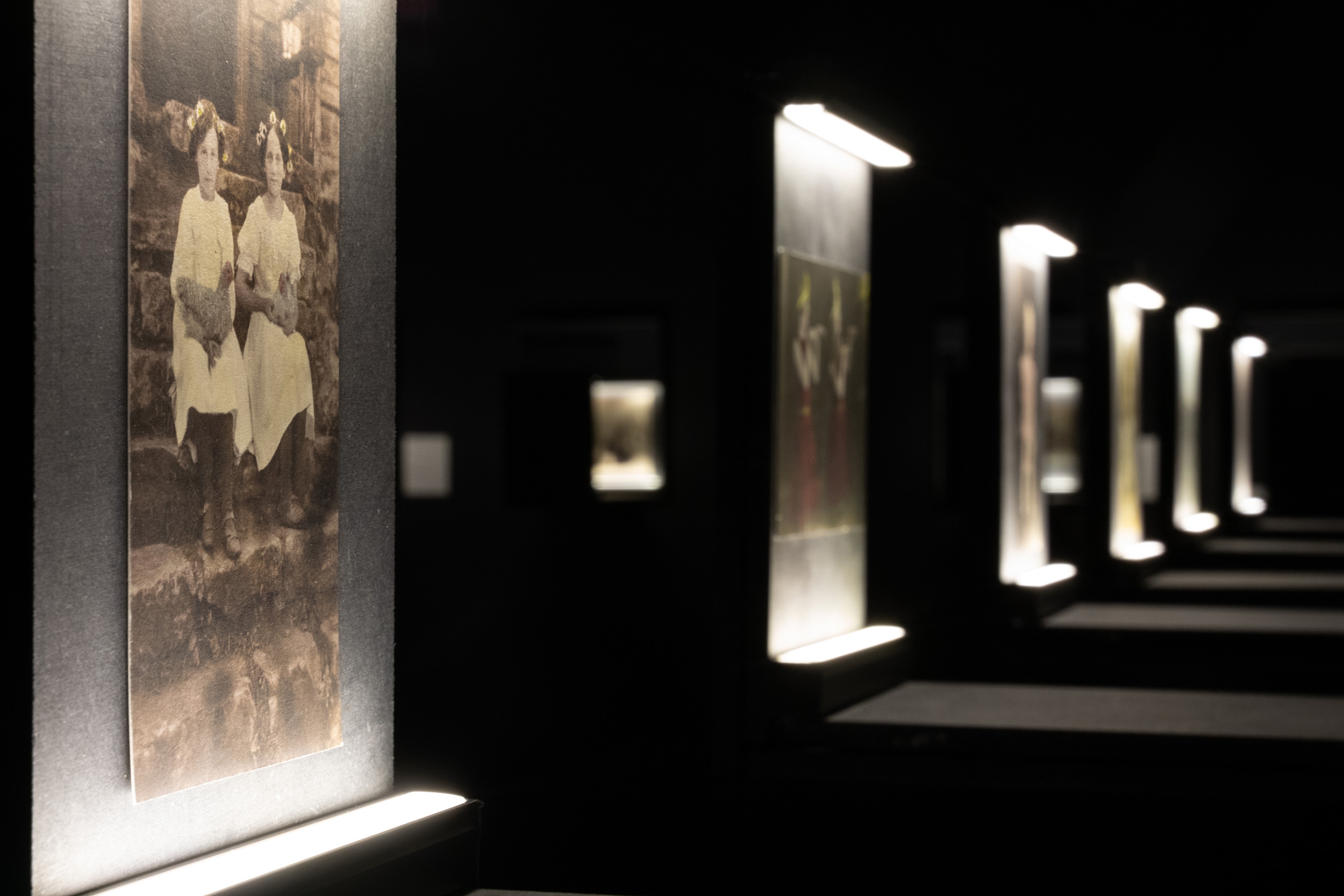
[EST]
12. juunist saab Tartu Kunstimuuseumis külastada näitust „Hõbetüdrukud. Fotograafia retušeeritud ajalugu”. Väljapanek tutvustab kümmet Eesti ja Läti varajast naisfotograafi kõrvuti kolme tänase Euroopa kunstnikuga, kes uurivad meie visuaalse ajaloo kadunud ja unarusse jäetud tahke.
Üldiselt arvatakse, et fotograafia dokumenteerib reaalset maailma. Samuti usutakse, et arhiivid ja ajaloolised kollektsioonid koondavad objektiivseid tõsiasju. Lähemal uurimisel aga selgub, et arhiive on kogutud ja hiljem ajaloolaste poolt uuritud kindlatel eesmärgil. Nõnda on ka fotod alati tehtud teatud vaatepunktist ning parandatud autori või vaataja maitsemeele kohaselt.
Fotograafia on olnud naiste hulgas populaarne alates selle algusaegadest ning mitte ainult hobina, vaid ka erialana. Sarnaselt paljude teiste valdkondade ja erialadega on aga ajalooraamatutest raske naisfotograafide jälgi leida. See näib eriti iroonilisena, kui arvestada, et fotostuudiotes töötasid retušeerijatena peamiselt naised, kes oma tööga vormisid vaatajate kujutluspilti maailmast.

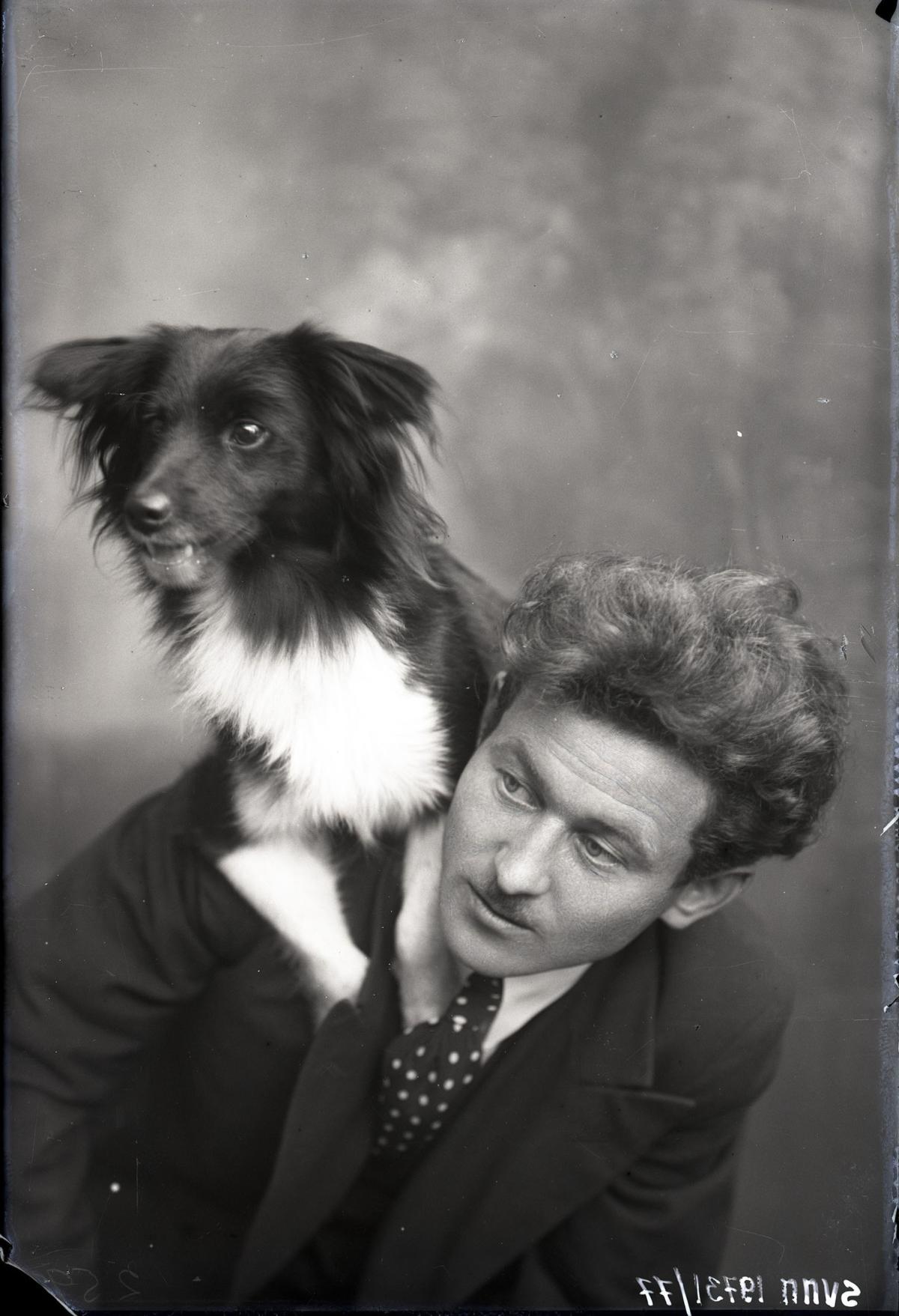
Näitus „Hõbetüdrukud” tutvustab kümmet varajast naisfotograafi, kes töötasid Eesti ja Läti aladel, ning lisab neile kolm tänapäevast Euroopa kunstnikku, kes uurivad meie visuaalse ajaloo kadunud ja unarusse jäetud tahke. Baltikum proovib terves maailmas üha tuure koguvale naisajaloouurimisele järele jõuda ning koondada ka oma pärandikilde, et taasleida kadunud lugusid. Mõned neist lugudest on kunstiajalooliselt märkimisväärsed peatükid, mõned aga väikesed, kuid sisukad täiendused meie ühisele ajalooteadmisele.
Et kaotatu, leitu ja ümberjutustatu vaagimisel uusi vaatenurki avada, oleme palunud näitusel osalema ka kolm tänapäevast kunstnikku, kes räägivad oma lugusid pikalt peidus olnud ajaloolistest hetkedest ja isikutest. Ajaloo mõistatused koosnevad kaotatust ja leitust, hävinust ja taasavastatust ning keelatust ja lubatust. Need moodustavad meie ajalooteadmise, mis on aga tegelikult lihtsalt see peegel, millesse oleme otsustanud vaadata. „Hõbetüdrukud“ pakub võimaluse näha ajalugu läbi füüsilise ja metafoorse tõepeegli.
Tartu Kunstimuuseum kui mäluasutus püüab olla teadlik oma rollist avalikkust teeniva ajalooliste teadmiste koguna. Viimane sunnib meid aga pidevalt kaaluma, mida ja kuidas me ajaloost teame. Sellest eesmärgist lähtus hiljutine kunstikooli Pallas pärandit taastutvustav näitus ning see oli muuhulgas tõukeks näitustesarjale „Tartu 88“, mille eesmärgiks on olnud viimaste kümnendite kunstiloos haigutavate lünkade tuvastamine ja täitmine. Sajanditagusesse ajalukku vaatav näitus „Hõbetüdrukud”, mille tähtautoriteks on varased naisfotograafid, peaks samuti panustama ühe kunstiloolise lünga täitmisse, sedakorda läbi rahvusvahelise haardega väljapaneku.
Imprint
| Artist | Antonija Heniņa, Minna Kaktiņa, Lūcija Alutis-Kreicberga, Emīlija Mergupe, Marta Pļaviņa, Olga Dietze, Helene Fendt, Anna Kukk, Hilja Riet, Lydia Tarem, Nanna Debois Buhl, Sami van Ingen, Elisabeth Tonnard |
| Exhibition | Silver Girls. Retouched History of Photography |
| Place / venue | Tartmus – Tartu Art Museum, Tartu |
| Dates | 12 June – 27 September 2020 |
| Curated by | Šelda Puķīte, Indrek Grigor |
| Exhibition design | Alexey Murashko |
| Website | tartmus.ee |
| Index | Anna Kukk Antonija Heniņa Elisabeth Tonnard Emīlija Mergupe Helene Fendt Hilja Riet Indrek Grigor Lūcija Alutis-Kreicberga Lydia Tarem Marta Pļaviņa Minna Kaktiņa Nanna Debois Buhl Olga Dietze Sami van Ingen Šelda Puķīte Tartmus – Tartu Art Museum |

